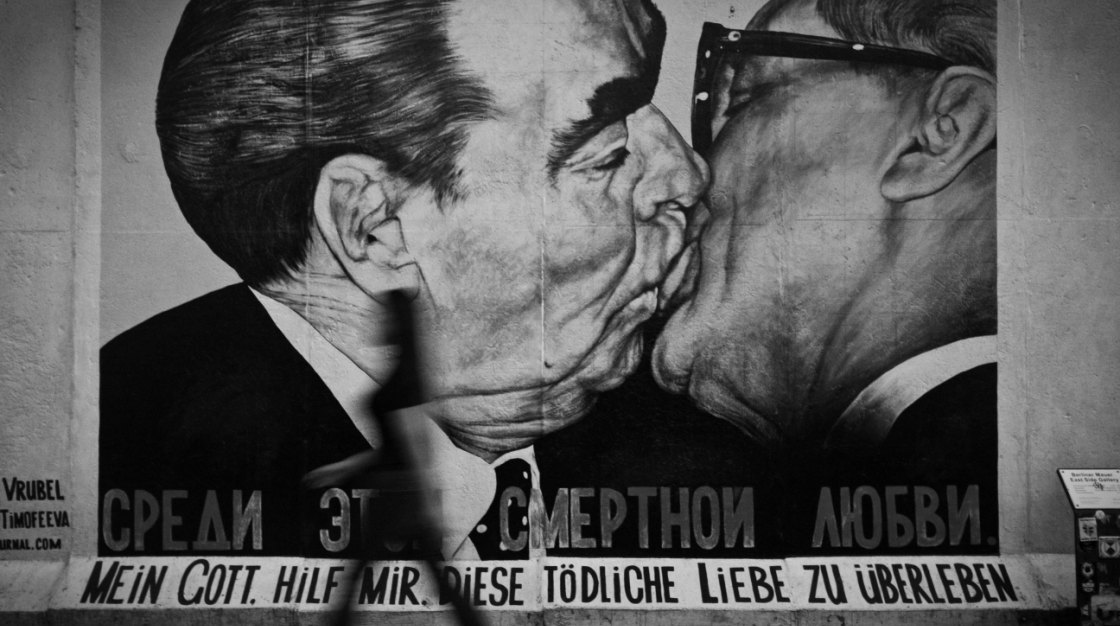The Berlin Wall provides a unique natural experiment for identifying the key sources of urban development. This research, for which its authors have recently been awarded the prestigious Frisch Medal, shows how property prices and economic activity in the east side of West Berlin, close to the historic central business district in East Berlin, began to fall when the city was divided; then, during the 1990s, after reunification, the same area began to redevelop. Theory and empirical evidence confirm the positive relationship between urban density and productivity in a virtuous circle of ‘cumulative causation’. The analysis has practical applications for urban planners making decisions on housing and transport infrastructure.






